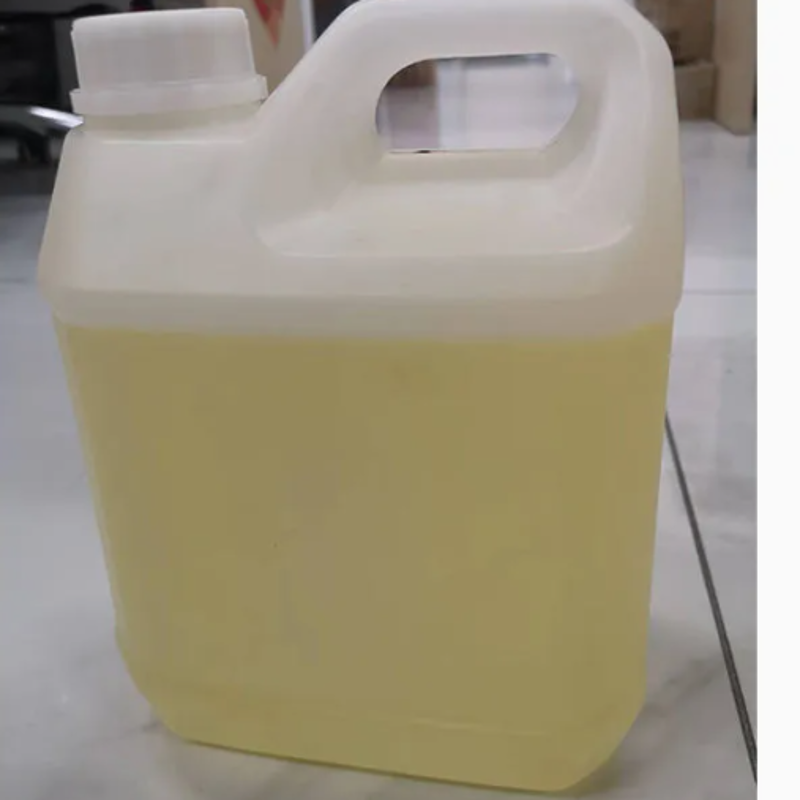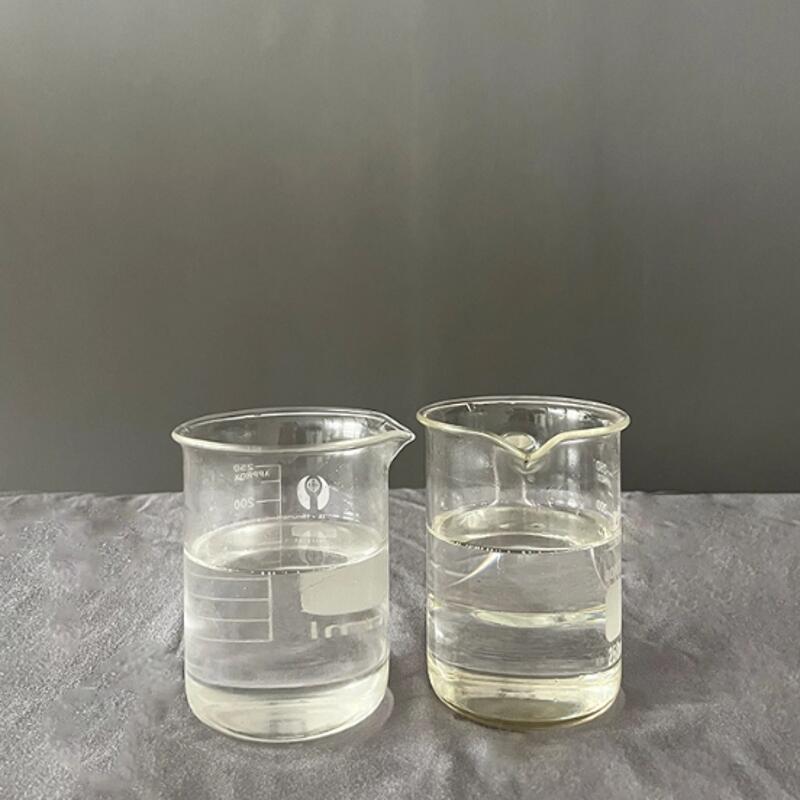-
Categories
-
Pharmaceutical Intermediates
-
Active Pharmaceutical Ingredients
-
Food Additives
- Industrial Coatings
- Agrochemicals
- Dyes and Pigments
- Surfactant
- Flavors and Fragrances
- Chemical Reagents
- Catalyst and Auxiliary
- Natural Products
- Inorganic Chemistry
-
Organic Chemistry
-
Biochemical Engineering
- Analytical Chemistry
-
Cosmetic Ingredient
- Water Treatment Chemical
-
Pharmaceutical Intermediates
Promotion
ECHEMI Mall
Wholesale
Weekly Price
Exhibition
News
-
Trade Service
Airbus successfully replaced the original aluminum alloy ring frame of the H135 helicopter with carbon fiber reinforced polymer (CFRP) using a multi-piece preform and a one-time infusion process
.
As the number one emergency medical service/air ambulance helicopter in Europe, the Airbus H135 light twin-engine helicopter has the lowest O&M cost among Airbus's similar products due to its high reliability, versatility and cost advantages
.
Currently, more than 1,350 H135s are in service in more than 60 countries, serving more than 300 operators
.
However, with the increase of the H135 flight time, the relevant periodic operation and maintenance data show that the aluminum alloy ring frame connecting the CFRP tail beam and the CFRP tail rotor shroud is prone to fatigue and corrosion problems, which directly leads to an increase in the cost of operation and maintenance testing.
.
In order to reduce costs and ensure the safety of the airframe, Airbus has started to study a new process design for the corrosion resistance and fatigue resistance of the annular frame
.
Airbus first considered a titanium alloy-based solution, but the machining process and raw materials of the titanium alloy solution are more expensive than the aluminum solution
.
Therefore, a multidisciplinary R&D team developed a new design based on CFRP using prepreg, vacuum assisted infusion (VAP) and resin transfer molding (RTM) processes
.
After calculation, the new solution reduces the weight by 25% compared with the aluminum solution, and reduces the cost by 50% compared with the titanium alloy solution, which significantly reduces the inspection and maintenance costs
.
Engineers could not change the existing design of the tail boom and tail rotor shroud, and the ring frame is the main structure connecting the tail boom and tail rotor shroud, so the CFRP ring frame must have the same connection surface and geometry as the original aluminum frame size, which greatly limits the freedom of design
.
The engineering team communicates with design, stress and production engineers to finalize the use of standard specification materials that have been widely used in actual production to ensure that research and development costs and subsequent mass manufacturing costs are minimized
.
Among them, the G0986 twill carbon fiber of Hexcel Corporation of the United States used in the new scheme has been widely used in the infusion molding of other helicopter projects of Airbus; It has also been certified by Airbus Helicopters for resin infusion and RTM
.
Because of the extreme non-deployability of the ring frame geometry, engineers designed additional cuts and notches in the preform to avoid wrinkles during molding
.
Subsequently, engineers tested the compressive strength of the inner flange, and verified the unfolding ability of the CFRP ring frame through static and dynamic tensile tests, as well as the interface between the CFRP ring frame and the unreinforced polymer gusset
.
Test results show that the new CFRP ring frame design is strong enough to handle the expected loads safely
.
For resin infusion, the engineering team developed four preforms as shown below
.
Among them, the No.
3 preform includes two parts, A and B; the No.
4 preform is the unreinforced polymer gusset, which is used to ensure the connection of the T-shaped area
.
For the four preforms, the engineering team developed their own special tooling, and then assembled all the preforms together with the ring gusset into the final cured tool
.
The final complete cured tool is made of aluminum alloy and includes a blue tool fixed to a gray base plate, a green ring tool made of multi-part splices, and an orange and yellow top ring tool
.
The design purpose of the multi-part splicing tooling is to prevent the shrinkage force generated by the cooling of the tooling during the solidification cooling process
.
After the laminate and tooling are assembled, the engineering team uses the most typical and cost-effective VAP process solution for resin infusion
.
After curing, cooling, and demolding, the team finished machining the edges of the part, then drilled them with high precision for subsequent riveting
.
In order to ensure the connection accuracy between the annular frame, the tail boom and the tail rotor shield, the design tolerance of the connection should be controlled within the range of ±0.
4 mm
.
The finite element analysis results show that the mold design results of the new scheme have achieved "first-time success" and can meet the tolerance requirements
.
Airbus' new design for the CFRP ring frame was completed about a year ago, but it took a long time to switch from aluminium to composites
.
Companies must consider the rationality of the design, the verification and validation of process steps, the stability of mass production, and many other issues
.
In addition, staff training for the new process is also very important, and it is necessary to ensure that the engineering staff in each link are prepared to adapt to the new design
.
Airbus believes that the transition of ring frame manufacturing from aluminum alloy to CFRP process is not just a simple modification of existing parts, but a technological change in the Airbus helicopter division; among them, the most challenging work is not the geometric tolerance requirements satisfaction, but the successful development of preforms
.
Currently, all newly produced H135 helicopters are fitted with the new CFRP ring frame
.
Thanks to the excellent corrosion resistance and fatigue resistance of the new CFRP ring frame, Airbus has reduced product weight by approximately 0.
5 kg, while significantly improving safety performance and reducing inspection times and costs
.







